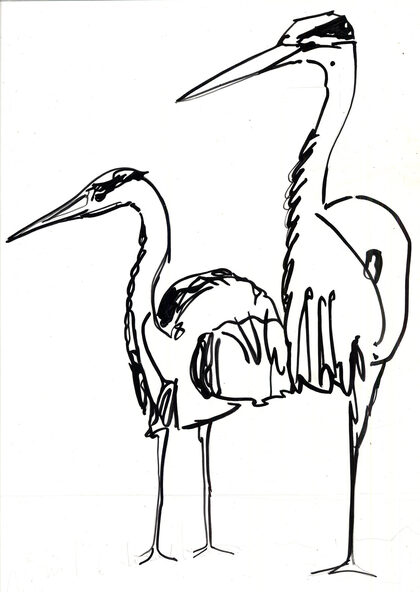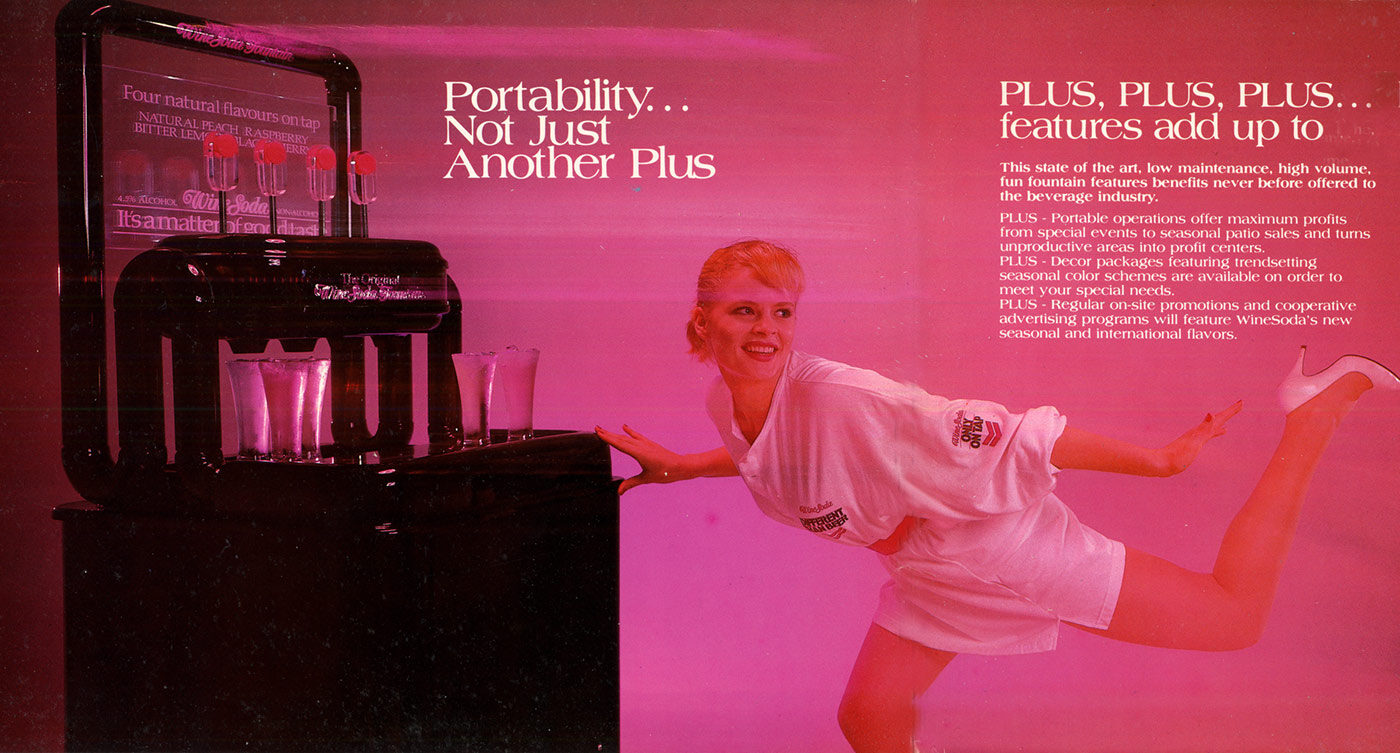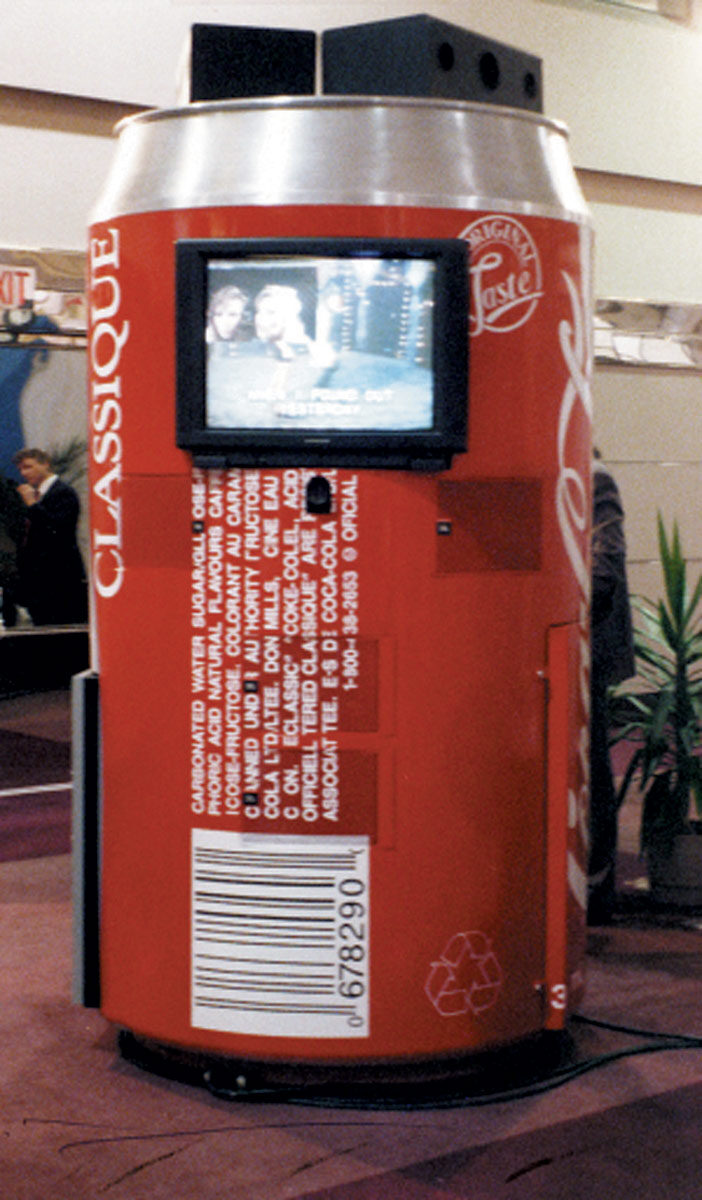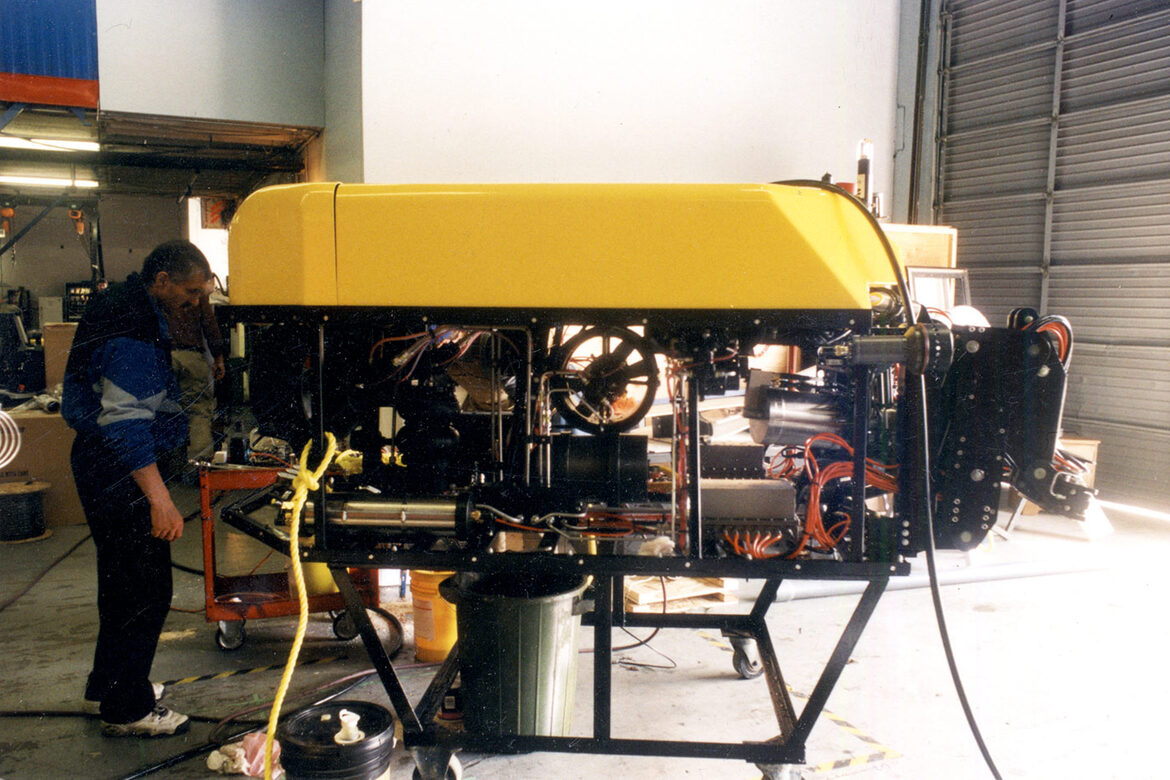
What if... I told the story of a fine arts guy? Upon university graduation, this guy decided that the paints and brushes should go into the cupboard while he saw the world and became rich and famous. For all you latent artists out there thinking of hauling out the brushes from under the stairs, here’s the story of my journey into the creative life.
This website is also for the thousands of artists who use their right and left brains to create art. In the late 1940s, members of a New York art movement calling themselves Spatialists stated: “We refuse to accept science and art as two distinct phenomena.” Why do paintings have to be flat? But, of course, there’s Leonardo Da Vinci who let his genius venture where it wished.
-
1943-1960’sWhat if
A young boy saw life through the eyes of an artist?
I was ten years old when I first met Ernst Lindner, Order of Canada honouree and one of the founders of the University of Saskatchewan’s Emma Lake School of Art Campus. At the time, he was Head of the Art Department at the Saskatoon Technical Collegiate. His daughter sat in front of me in grade four. On parent/teacher night, my paintings on the bulletin board of Victoria Elementary School caught his eye. He mentored me through the rest of public school and part of high school until his retirement.

-
1966 -1983What if
A journey through toilet paper and shopping centers led to the universe of marketing?
The first job out of the gate was Scott Paper. It was one of the best corporations with which I had the pleasure to be involved. After four years in various sales and marketing positions, I was offered the position of sales manager for the province of Saskatchewan which I had left 4 years before. I would have been the youngest person in the company to hold that position. However, I had to tell Mike Ferry, the corporate personnel manager, that I was turning down the job recognizing it wasn’t for me. Mike said:
“As you were honest with us, go find the job you want. You will remain on full salary, car, and expenses for 8 months until the new year.”

-
1984 -1986’s What if
A marketing guy’s travels took him to Warner Brothers, to EDTI and onto Expo 86?
In 1984, with the world fair underway, I received a call from my friend and former Trizec boss, Richard Weiser, with instructions to proceed to New Jersey for a meeting with Warner Brothers and Disney executives and creative staff. I arrived at the conference room to find one hundred or more people listening to a speaker at a podium under the lights. His name was Bob Petralia. He was describing Warner Bros. intention of presenting the next level of entertainment to the world at EXPO 86 in Vancouver, Canada. The audience consisted of the best creative minds of Warner and Disney. Petralia, whom I’d never met, looked up from his lectern and asked if Richard Alm was in the room. I replied with a wave at which point he announced:
“Richard is the new Vice President of Warner Leisure Canada and is responsible for coordinating your talents to achieve our entertainment objectives.”

-
1986 -1989’sWhat if
The world thirsted for on-tap wine over ice aged one million years?
When work was done and EXPO 86 was operational, I noticed that the only beverages available on tap were beer in flimsy plastic cups. At the time, the cooler market in bottles was emerging. What if I could create a small, portable, multi-flavored carbonated on tap wine beverage system? I designed and built a prototype in Vancouver and shopped it around for production financing. George Gund was the owner of Minnesota North Stars hockey and the Cleveland Cavaliers basketball teams. He was negotiating with hot new prospect Michael Jordan when we met on the North Star, his yacht moored at the Bayshore in the Vancouver Harbour.

-
1990-1992What if
They wanted a photo booth and I gave them a giant Coke can?
In 1990, I joint ventured with a Canadian public company to develop a prototype multi-user interactive entertainment kiosk for operation at gas and service centers for long-distance truckers. I named the product AVECA or Auto Vend Entertainment Center of America. Leading edge at the time, the unit had two-way television screens and cameras plus a one-thousand-disc karaoke player with the singer broadcasting from inside. A joystick & keyboard allowed the interactive satellite to feed into various companies, industries, and government institutions so truckers could check in with dispatch or even write government exams. The unit had a coin vending dispenser built-in. I sold my shares in the company and built an office in a new commercial space at Pine and 7th in Vancouver.

-
1992-1997What if
Touch and Win slams head-on into tragedy?
In 1992 at an Electronics Show and Convention in Las Vegas, I met with Tony Marsh, the president of ACE Coin Equipment, manufacturer of 70% of Fruit Machines in pubs throughout England and France. Although having sold his company recently to Allied Lyons, Britain’s largest brewer, for twenty-two million pounds sterling, he still had access to the latest software to complete my next project.
It consisted of a small vertical, video gaming terminal that could be located in a MAC Store or 7/11. If you won, it printed out a redeemable paper receipt that cost $0.0025 to produce. It would replace the BC Lottery Corps Scratch and Win tickets for which the outlay was over $0.25. With the knowledge gained from the AVECA experience and using Tony’s new digital video interactive (DVI) technology, I formed LottoSoft Software as a joint venture with Ace Coin Equipment of the United Kingdom to create a free-standing lottery kiosk which we called Touch and Win!

-
1997-2002What if
An inventor/entrepreneur took a sweet idea to the stock market and got a sour greeting?
In 1997, I took a proposal to a business associate I had known since university. He said if I could get a US Patent to the pending stage, he would take the project public. So began a five-year process. I met with Dr. James McFarlane, designer of the Oberon Class submarine, Commander, Canadian Navy ret. and owner of International Submarine Engineering ISE. On hearing my concept, he agreed to become the manufacturer of record. In return, he would assign any one of his 100 engineers on staff to help if I ran into technical problems as overseen by my patent attorneys.

-
2000’sWhat if
I was asked to create a very special cockpit but no one would tell me why?
I was contacted by Dr. McFarlane in 2001 and asked to be in his office at 0800 hours the following day. The next morning, he asked this question: “Can you build a cockpit to manage a remote underwater vehicle. It must seat three people: pilot, engineer, and owner. It must be portable and fit through ship gangways into an 11-by-six-by-eight- foot life-vest locker room on board. The ship is being constructed in Bremen, Germany. The equipment has to stand alone attached only to the deck. It has to be designed, built, tested, and shipped in 6 months.”

-
2002 - 2004What if
I finally pulled the brushes from under the stairs?
In 2002, after years of creating complex inventions with hundreds of developmental design drawings, building prototypes, preparing advertising programs and, of course, conducting the never- ending search for financing, the nature of Wall Street had become obvious. The money is in the paper. The inventor is lucky to keep three percent. It was now time to simplify life, honor my mother and return to my first passions: sculpture and painting. When I produce a bad painting, it’s my fault.
When I produce a good painting, I get the satisfaction. There are no longer myriads of middlemen who take their piece and try to turn a racehorse into a giraffe.

-
2004 - 2018What if
I built a funky studio and put Giclee Canada to work?
In 2004, I converted the family three-car garage in the alley into a one-car space, art gallery, and studio. With great imagination, I called the space The Alley Gallery. The area was L-shaped, about nine hundred square feet with an eighteen-foot ceiling. I painted the walls white, the floor sea blue, and hung paintings everywhere. I built a raised office at the long end of the garage to create a three-hundred square-foot work area and storage crawl space.
In 2005, to utilize my Photoshop skills, I purchased an Epson Fine Art printing business. It consisted of a large museum-quality, eight color canvas/watercolor paper printer, a slightly smaller eight color printer and a flatbed scanner complete with computer, monitor, keyboard, ink, paper and a customer list. The four-by-ten-foot storage dolly I had previously built became the printer dolly. In total, it was an expansive and complete yet roll-away work studio.

-
2008 - 21’sWhat if
I had a notion about a fundamental of painting and happened upon a renaissance?
Just prior to the Robert Genn episode that follows, with a background in sculpture and product design, I had begun to question the age-old tradition of painting on a two-dimensional flat surface. Canvas can be stretched in many ways.
Stretcher bars don’t have to be straight! I tested an idea. As part of producing Giclees for myself and others, I had to fabricate, stretch and staple over 100 canvases a year. I took the opportunity to experiment with the art of making the stretcher bars with washboard and angled surfaces, stretching the canvas every which way, inserting canvases into other canvases. Basically, just experimenting with a stick & fabric.

-
2009 - 2012’sWhat if
I painted 178 canvases that looked about to burst their britches?
A turning point in my paintings came in 2009. I had an opportunity to have my work critiqued by Robert Genn and Janice Robinson, signature members of the Federation of Canadian Artists. Arriving with a portfolio, a brochure, a CD, and several favourite large canvases, I felt comfortable with the coming review. After introductions, Robert asked why I was there. I replied that I wanted to know where I was on the road to success in the art world? He looked over his glasses at me and said,
“You are on page three of a 783-page book. Stop creating those large paintings nobody can afford. Go to your room and paint 300-11 x 14-inch canvases. When you have finished, you will have a style people will recognize.”

-
2017 - 2021’sWhat if
I was offered a commission that spun my mind back to a dark, snowy mountain amidst an avalanche?
In 2012, Tony Marsh, asked me to do a commissioned piece for his new home in Barbados. He wanted a five-by-four-foot brightly colored Toucan. It was completed and delivered packaged in a roll in six weeks. His interior decorator re-stretched the canvas and hung the work in its spot in the dining room.
You can go through his stunning home by typing “Marsh Mellow Barbados” in Goggle or your Explorer. He called in October, 2016 asking if I would be interested in creating another commissioned art piece for his new home under construction in Bermuda.

-
2021 - The Now!What if
We Moved
In 2017, we were enjoying our Cabo condo in the sun. A good friend and realtor for many years called to say the Vancouver market had reached another peak and it was time to sell. Our 1800-square-foot condo overlooking Vancouver was sold in 10 days for a silly price. We had a closing in June but now what? We returned to Vancouver in April with the intention of downsizing on Vancouver Island. We had an established realtor in Nanoose Bay 20 minutes north of Nanaimo. He showed us three homes in Fairwinds Resort, the third was on the first hole of the Fairwinds Golf Course.



